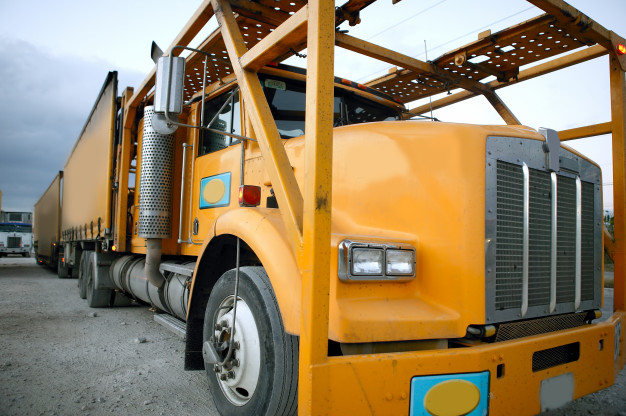Your helmet’s off, your hair’s blowing in the wind, and you’re cruising down the highway with the sun setting in bright oranges and reds. Life is good, right?
As good as life may be in the moment, you may be putting your life and others at risk through reckless driving and ignoring basic rules.
Even if you mean well, it’s important to know how to ride a motorcycle safely, so today we’ll take a look at five critical motorcycle safety tips.
5 Most Important Motorcycle Safety Tips All Riders Need to Know
According to the National Traffic Highway Safety Administration, motorcyclists are 27 times more likely to die in traffic accidents than any other vehicle.
Being a single rider going upwards of 75 miles per hour in the fresh air leaves you open to so many dangers.
Not only that, you’re potentially putting the lives of other drivers and passengers at risk. In fact, if you’ve experienced the loss of a loved one through a motorcycle accident and don’t know what to do, learn more here.
But if you’re going to be proactive and learn some motorcycle driving tips, let’s get into some of the most important ones now.
1. Always Wear the Proper Gear:
Never ever go for a ride on your motorcycle without safety gear. Please know that buying this is very easy as you can buy motocross gear from an online store with a single click. This will help you stay safe in the event you get into an unfortunate accident.
You’ve heard it since you were five years old and learning to ride a bike with training wheels, and maybe you’re sick of hearing it, but ALWAYS WEAR A HELMET.
Riding a motorcycle without a helmet can certainly feel nice, but it is by far the most protective piece of equipment you can (and should) be wearing.
Other important gear includes:
- Face shield
- Eyewear (even prescription glasses or sunglasses counts for something)
- Padded jackets
- Padded gloves
- Padded pants
- Riding boots
Heavy-duty riding boots are good for grip when using the clutch and keeping balance. The rest of the clothing protects you from the elements when you’re out in the open and gives you that much more padding if you were to go flying.
2. Drive Carefully and Defensively:
Motorcycles are fast compared to other vehicles. You’re just a single person on a smaller, aerodynamic vehicle able to rip through traffic.
Make sure to always obey all traffic rules, though, such as speed limits, yield signs, and more.
It’s especially important for you as a motorcyclist to drive defensively as it may be more difficult for people in larger, enclosed vehicles to see you.
3. Always Be Visible:
Speaking of being seen, make sure to wear colors that make you stand out and to drive in a way that you’re easily seen by other drivers.
Avoid black and dark brown clothing and stick to brighter colors or use neon strips and tape.
Avoid other driver’s blindspots if you can.
4. Be Awake and Be Sober:
This is true for anyone operating any kind of vehicle, but make sure you don’t drive when you are tired or intoxicated.
You may be focusing more on the sober aspect than the awake aspect, but it’s crucial to only drive when you’re fully awake and alert. Being sleepy can reduce your reaction time to obstacles and potential accidents.
5. Start Your Ride the Right Way:
Every time you hop on your motorcycle, remember to follow procedures beforehand so that you can ride safely.
In particular, do these every week:
- Check tire pressure
- Check for oil leaks
- Test your headlights, taillights, and signal lights
- Check all hydraulic and coolant fluid levels
Also, do these every time you ride:
- Check that clutch and throttle are smooth and operational
- Adjust mirrors
- Test the firmness of your brakes
- Test that your horn works
These are basic checks that shouldn’t take you any time at all and could prevent massive amounts of damage, injury, and maybe even deaths.
Seeking More Advice and Tips for Riding Safely
Riding a motorcycle is thrilling, and if it’s something you enjoy, you should certainly take advantage of the open road.
But it’s especially important to follow basic motorcycle safety tips since you are at much more risk than drivers in other vehicles.
If you’d like to see more riding tips or more advice on vehicles in general, check out our other automotive blog posts!
Read Also:






















